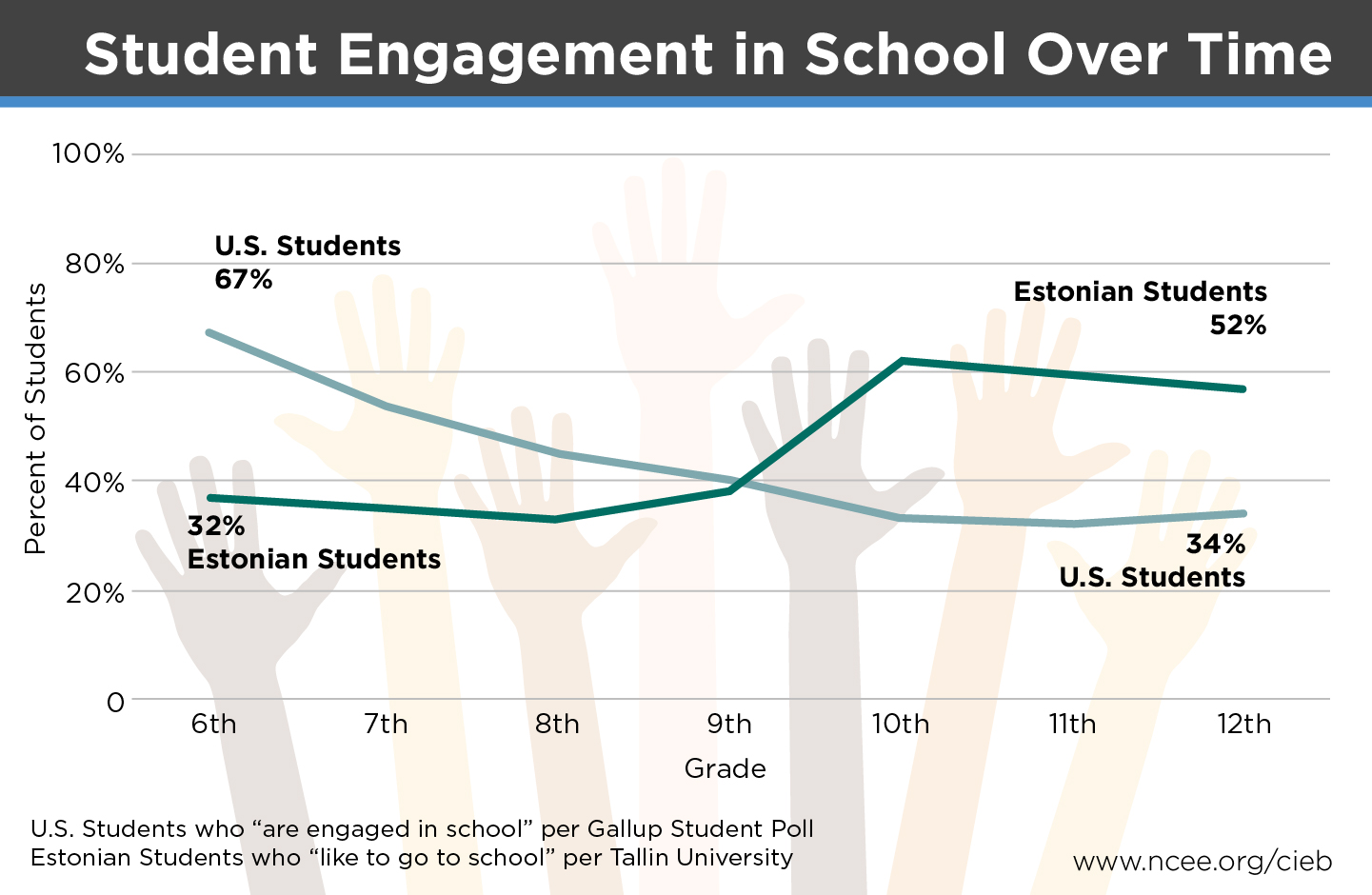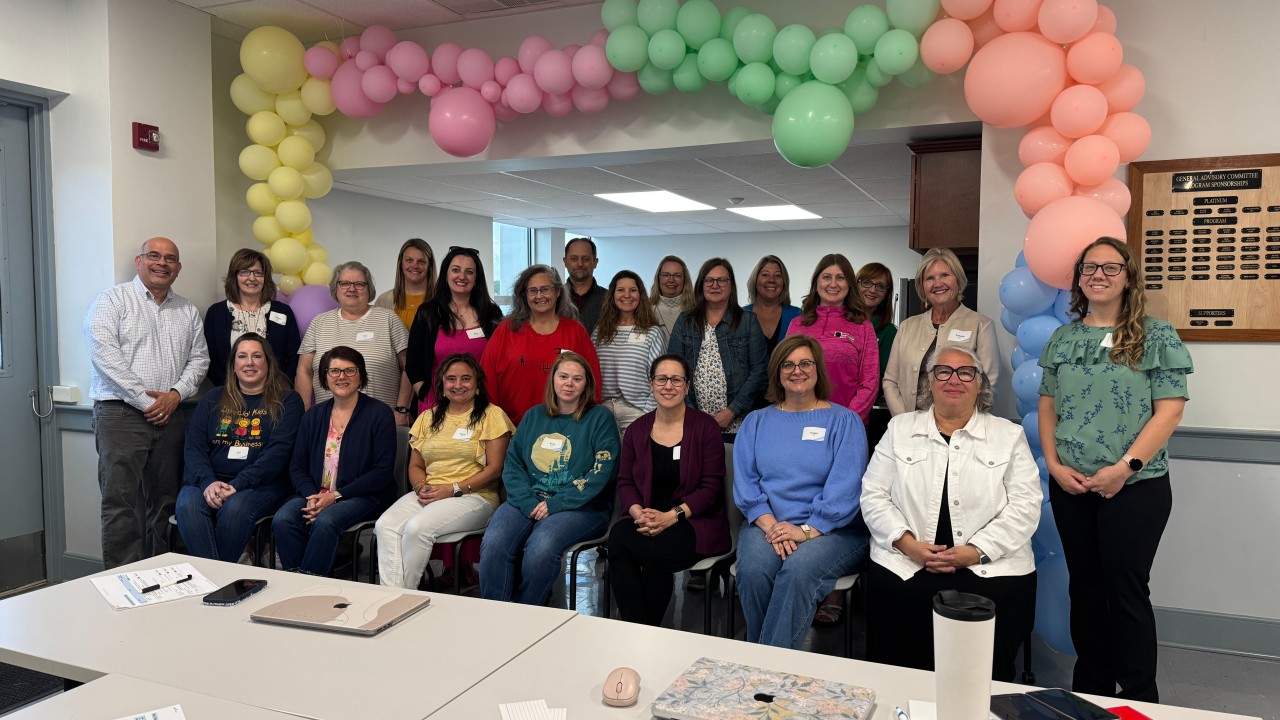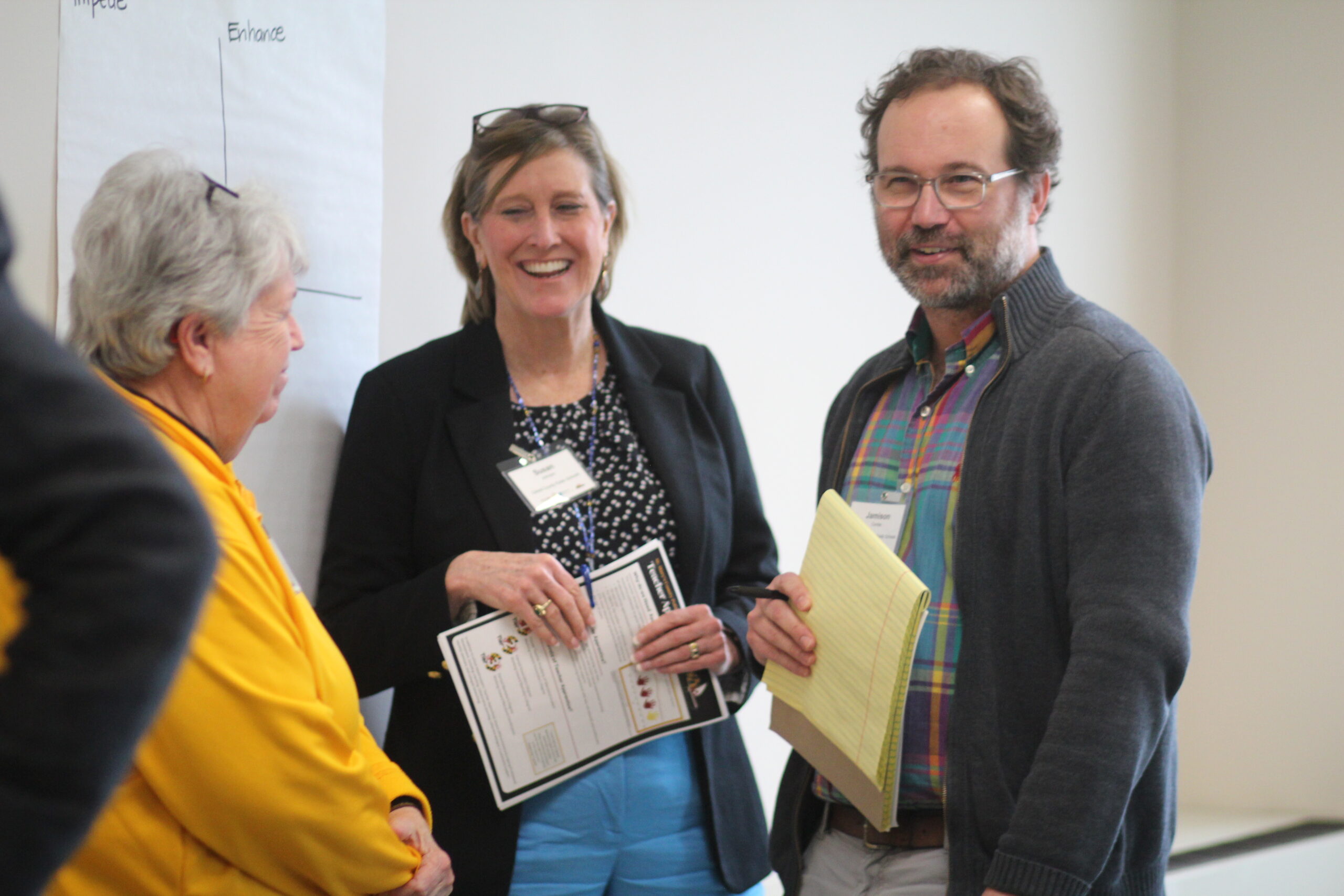
Most students rue the end of summer and return to school. But the usual lack of enthusiasm is likely compounded this year by a drop in student motivation to engage in school following the pandemic.
The Education Week Research Center polled teachers and students halfway through the 2020-21 school year — when schools were in varying states of in-person, remote, and hybrid. Ed Week found half of students said their motivation for school was lower than before the pandemic, while nine in 10 teachers reported their students’ motivation had dropped.
Excitement for school among American high school students wasn’t too high to begin with as enthusiasm for learning and involvement in school declines as American students get older.
According to Gallup polls of student engagement, U.S. students’ enthusiasm for school drops sharply as they get older. By the time students reach 12th grade, only about a third are engaged in school. This sharp decline in U.S. student engagement — what Gallup calls the “School Engagement Cliff” — suggests that U.S. students may be struggling with the relevance of what they are learning.
In contrast, a survey from Tallinn University found that Estonian students are more likely to “like to go to school” as they get older, so that by the time students reach 12th grade, most Estonian students say they like going to school and enjoy learning. Not only do Estonian students outperform U.S. students on the Organisation for Economic Co-operation and Development’s Programme for International Student Assessment, they also seem to increasingly enjoy school as they progress through their school career and become independent learners.
Addressing the disengagement of older students in the U.S. is especially urgent now as educators look at ways to make up for lost time and get struggling students back on track. One possibility is offering students more enticing opportunities. Estonia’s “hobby schools” tailor to students’ interests. They provide elective activities for all students in sports, technology, nature, culture, music, and arts with national curricula in all of these areas. High school students can get school credit for participation in these classes.
Districts in the U.S. are beginning to expand hands-on enrichment opportunities for students, make learning more applied and incorporate students’ choices into program pathways. These are promising strategies for reversing the engagement cliff, and districts should continue to explore them and evaluate their impact.
Learn more about Estonia’s learning system on NCEE’s profile of education in Estonia and watch journalist Amanda Ripley discuss how she’s witnessed students in other countries take control of their learning.




